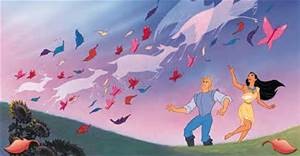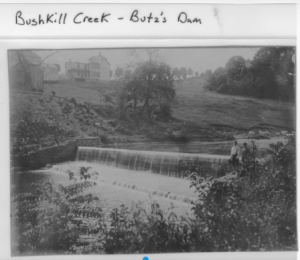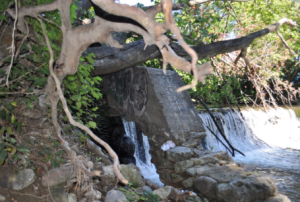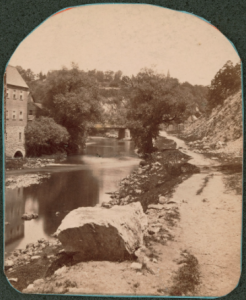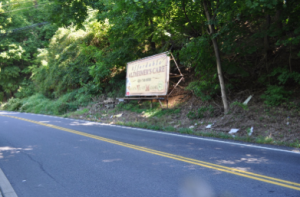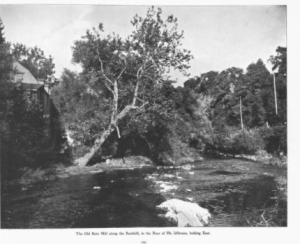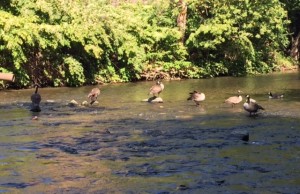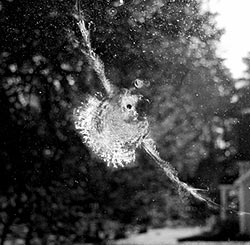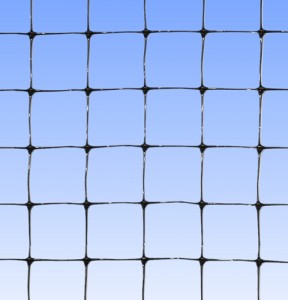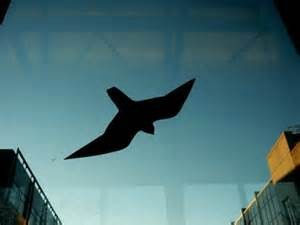The other day for a bird watching activity in conservation biology lab we went to the Mariton Wildlife Sanctuary. While leaving our last bird watching site I was walking alongside one of my friends, and realized I had been so caught up in looking at the things around me that the conversation had trailed off. When I first made this realization I felt as though it was an awkward silence and that I needed to fill it with some sort of conversation, then I remembered a moment in Walden:
“Once in a while we sat together on the pond, he at one end of the boat and I at the other; but not many words passed between us, for he had grown deaf in his later years, but he occasionally hummed a psalm, which harmonized well with my philosophy. Our intercourse was altogether one of unbroken harmony, far more pleasing to remember than if it had been carried on by speech” (190).
After I thought of this moment in Walden I felt this silence was not awkward, but rather beneficial to the two of us. The silence that naturally occurred was necessary so that we could have “unbroken harmony” with this place. Without conversation the two of us could look at, connect with, reflect on, and think about the nature all around.

